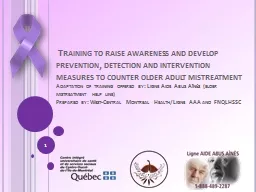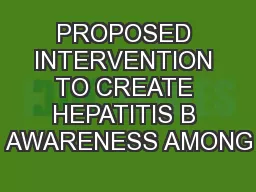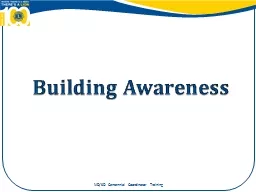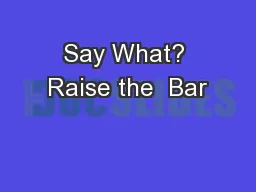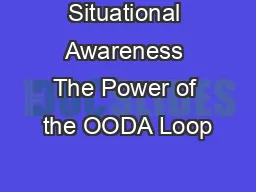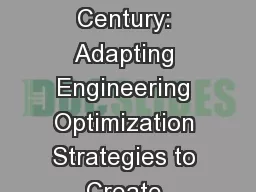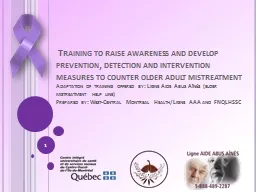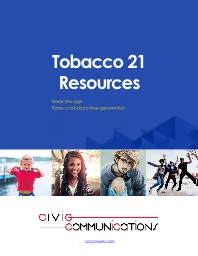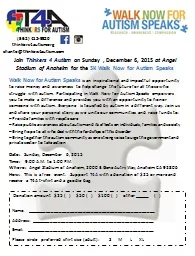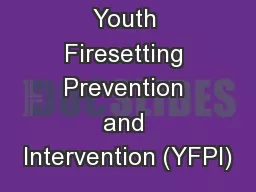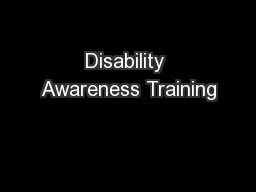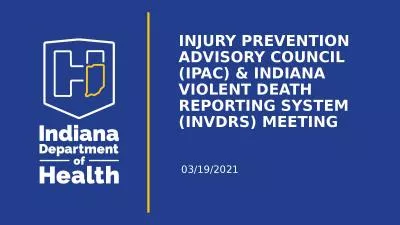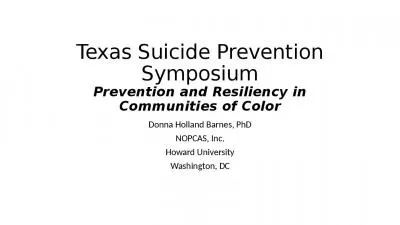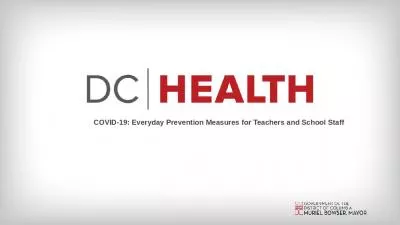PPT- Training to raise awareness and develop prevention, detection and intervention measures
Author : faustina-dinatale | Published Date : 2018-02-16
Adaptation of training offered by Ligne Aide Abus Aînés elder mistreatment help line Prepared by WestCentral Montreal HealthLigne AAA and FNQLHSSC 1 Objective
Presentation Embed Code
Download Presentation
Download Presentation The PPT/PDF document " Training to raise awareness and develo..." is the property of its rightful owner. Permission is granted to download and print the materials on this website for personal, non-commercial use only, and to display it on your personal computer provided you do not modify the materials and that you retain all copyright notices contained in the materials. By downloading content from our website, you accept the terms of this agreement.
Training to raise awareness and develop prevention, detection and intervention measures: Transcript
Download Rules Of Document
" Training to raise awareness and develop prevention, detection and intervention measures"The content belongs to its owner. You may download and print it for personal use, without modification, and keep all copyright notices. By downloading, you agree to these terms.
Related Documents

